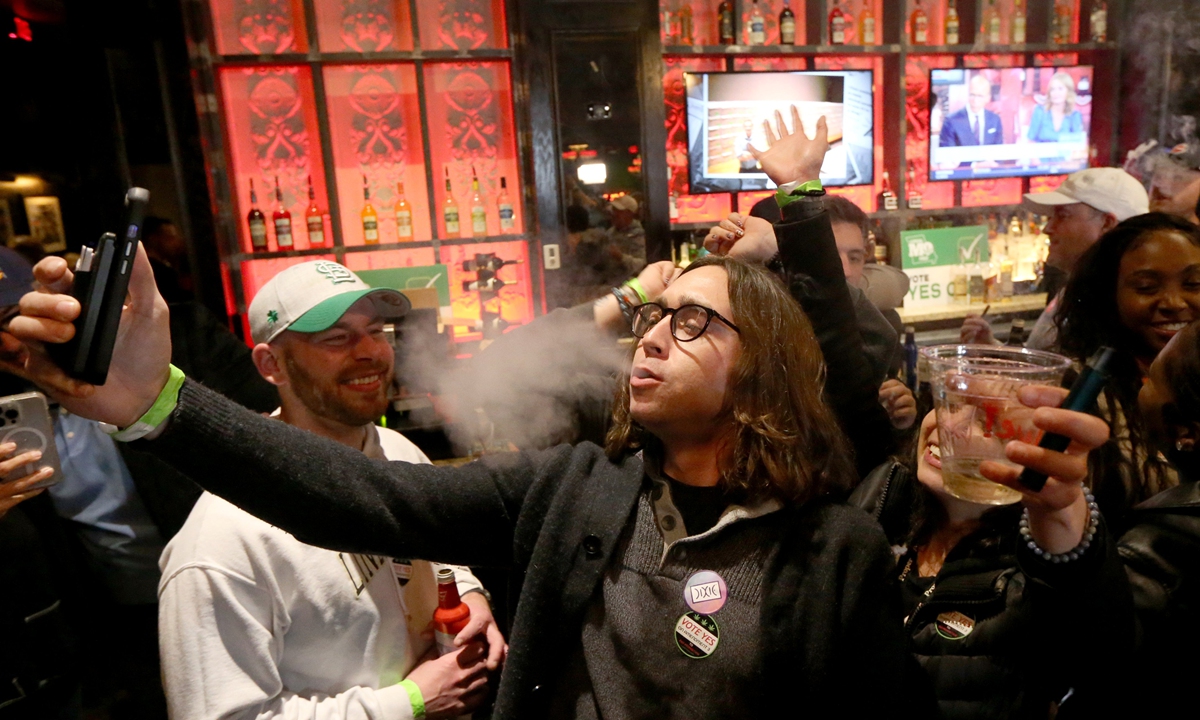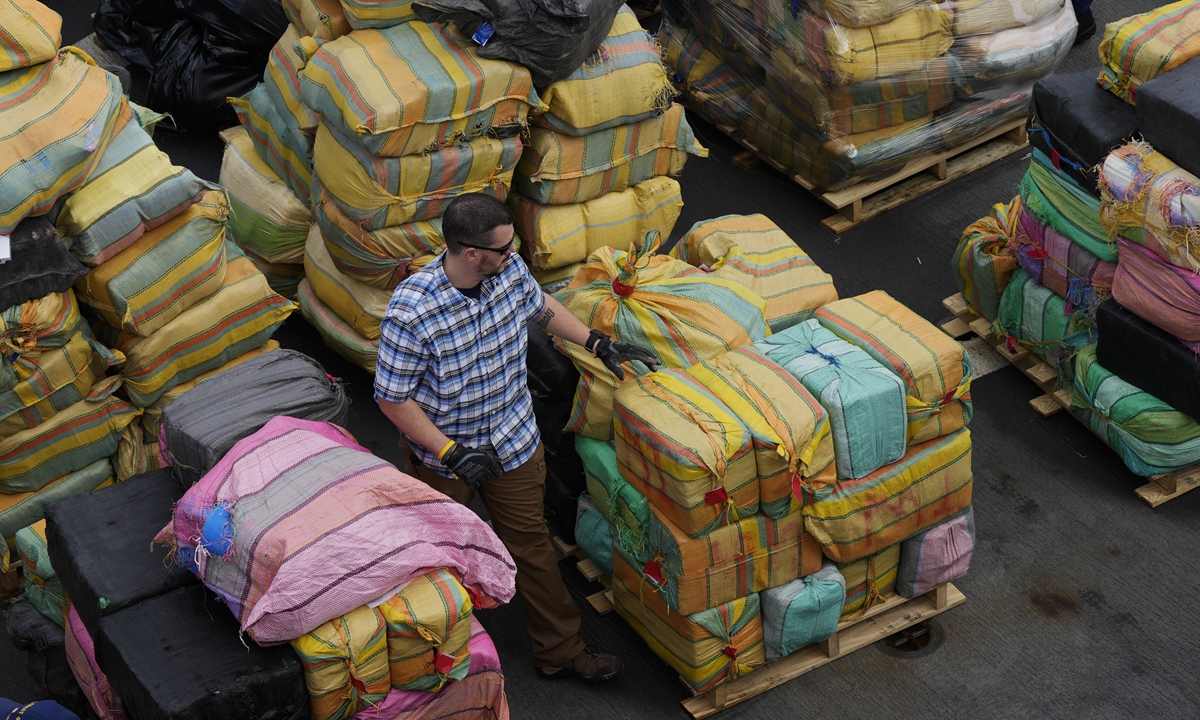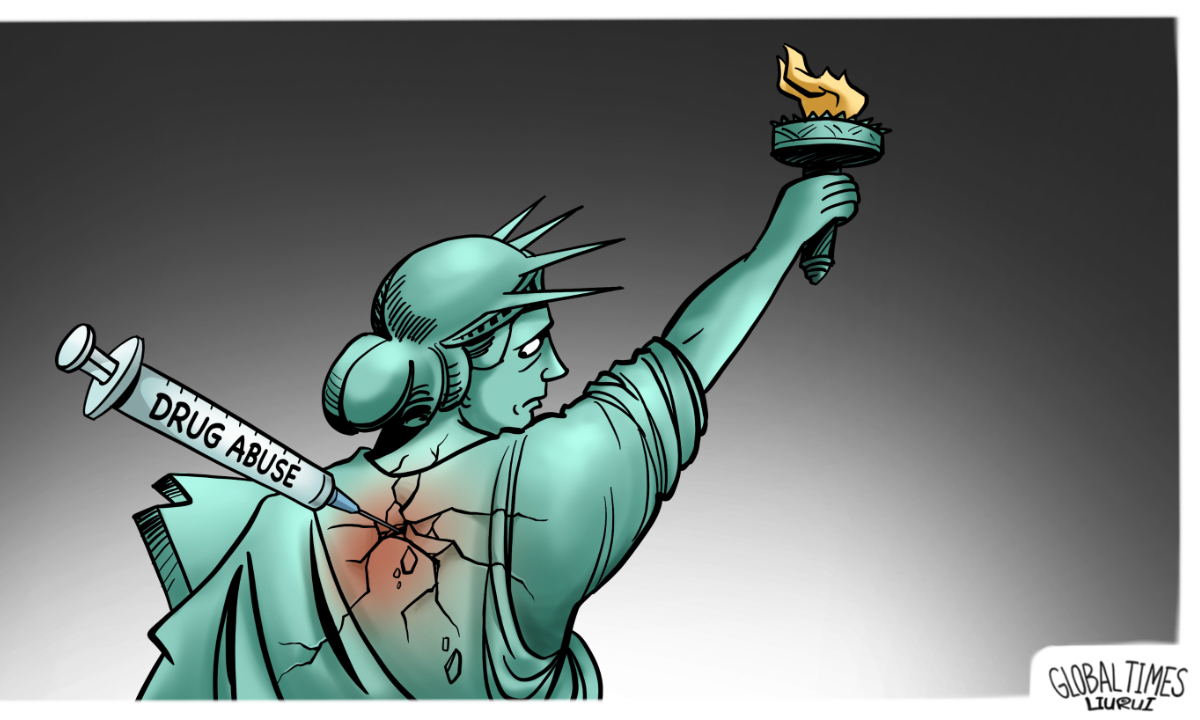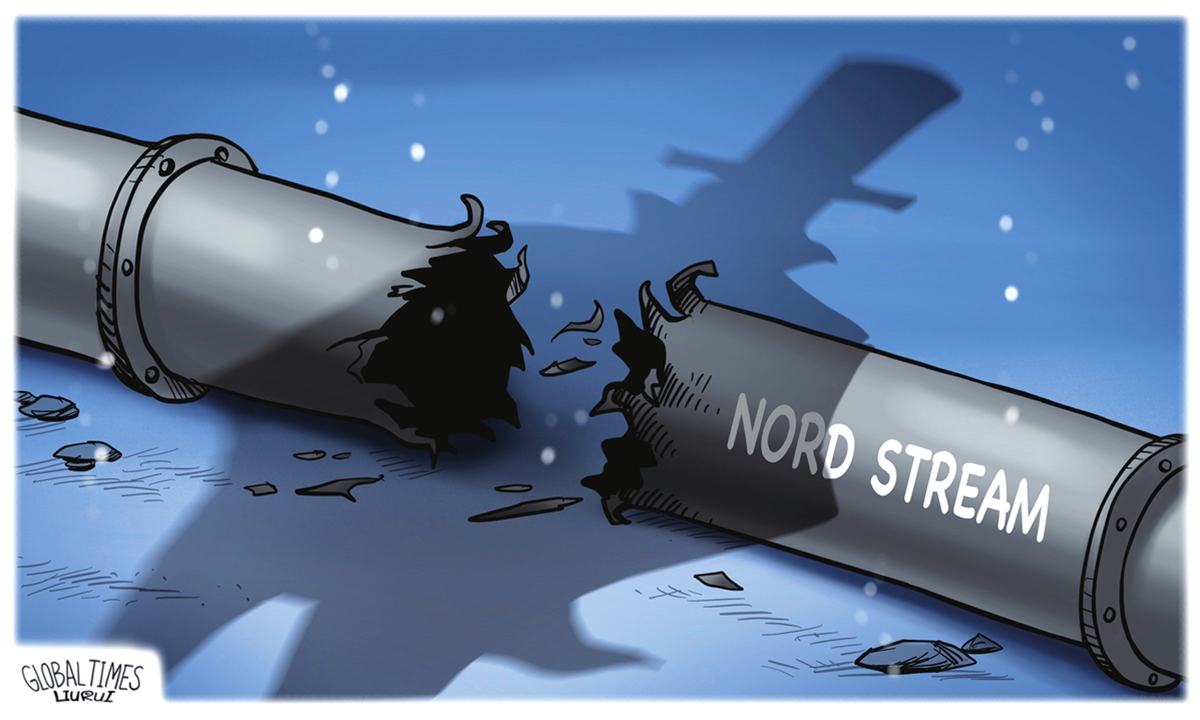为什么孟德海是伪善的?高启强是十足的坏人吗?安欣距离真实的警察有多远?《狂飙》里还有哪些隐秘的剧情?【傅正】
最近《狂飙》很火,大家都看了吗?这部剧主要从2000年、2006年、2021年三个时期展开,讲述了高启强从下岗工人到黑社会老大的故事,为什么是这三个时间点?剧中有很多情节突兀的地方又该如何解释?结合原著小说和当时的社会状况来看,这些问题就清晰多了
《狂飙》这部剧确实是难得一见的好,怎么说呢,它完全让我感受到了那种国产老剧的细致、认真与有格调! ✨ 主要内容 ✨ 00:34 剧情介绍 01:37 细节1-3 03:00 细节4-6 04:25 细节7-9 06:32 细节10-12
The Knockout Photo: VCG The Knockout Photo: VCG No matter how some US media outlets use malicious labels to describe Chinese anti-corruption dramas, one thing is indisputable: The US, under the current corrupt political system and toxic political environment, will never be able to produce a similar drama that can resonate strongly with the public. A February 18 article in Foreign Policy, entitled "China's Newest Action TV Show Is a Propaganda Hit," laid its eyes on the recent hit Chinese TV series The Knockout. It argues that "at base, The Knockout is a tribute to Chinese leader Xi Jinping's anti-corruption campaign," adding that the TV drama is "part of a broader campaign to popularize propaganda in Chinese film and TV." The Knockout is among a number of Chinese dramas under the theme of anti-corruption that have received positive reviews and high ratings in China in recent years. The popularity of these series reflects the Chinese public's particular interest in the country's campaign against corruption. Chinese officials often play a pioneering role in society. As China has a massive officialdom system, how these people behave is closely linked to the ethos of the whole country. It can even be said that, to a large extent, the fight against corruption in China determines the future of the Chinese system. The Chinese anti-corruption hit dramas are a projection of the country's anti-corruption achievements under the leadership of the Communist Party of China (CPC) in the cultural field. It also demonstrates that China's anti-corruption efforts have been well-acknowledged by the Chinese people. The success of China's anti-corruption campaign has purified the country's political system, making the society healthier and more vibrant. It has earned more prestige among the people for the Chinese government and the CPC, enhancing the cohesion of the society. Yet, based on ideological judgments, some Western media have labeled China's anti-corruption dramas as "propaganda." They obviously view China's political environment through tinted glasses as usual and nitpick China's achievements. This only exposes their extreme strategic selfishness and dark mind. If we take a look at the popular US series that focus on their politics, such as House of Cards, what we will see is the exchange of political interests and the struggle for power in the US. This mirrors the dirty, dark and degenerate side of the US game for power. However, unlike the celebration of anti-corruption achievements in Chinese dramas, these series give viewers only a strong sense of powerlessness. Fan Peng, a research fellow at the Institute of Political Sciences of the Chinese Academy of Social Sciences, told the Global Times that the relationship between individual officials and the official system is like the one between trees and forests. The one who fights corruption is exactly the "owner" of the forest, the CPC. Aiming at the whole forest, it tries to eliminate all the rotten trees. Such a dynamic force is the core of China's anti-corruption effort. But that's not the case in the US, a country plagued by systemic corruption. Their ideology leaves no space for self-correction or self-revolution, Fan noted. This makes it impossible for Washington and its politicians to handle corruption the way Beijing has been doing. Showing no hope of change or improvement, series like House of Cards can only strengthen the US public's perception that their government and politicians are terrible in nature, continuing to lower their trust in Washington and US politics. Just look at how US politicians reacted in several recent series in the US. In the dispute over a "wandering balloon" with China, some of these people displayed extreme hysteria and unreasonableness. In the Ohio train derailment, some were either indifferent to the health and safety of the people, while some started their playacting only after the incident had made headlines, acting as if they valued the public's interest. Which type of these politicians cannot be found in House of Cards? How can Americans believe in the US system in light of this? Fan says that another major premise for China to produce anti-corruption dramas is that the literary and art circles in China create cultural products from a position of righteousness. The US can celebrate individuality and rights, but no one dares to challenge corruption from a social justice perspective.
"The US is so torn up that all of its narratives come from only parts of its society. There is always otherness in such a narrow perspective. Therefore, one should not expect the US to produce a drama like The Knockout," Fan noted.
Muhyiddin's right hand man arrested - The True Net
https://www.thetruenet.com/
How The Ex-PM Solicited RM4.5 Billion Bribes In RM92.5 Billion Covid-19 Stimulus Scandal..
https://www.thetruenet.com/opinion/perspective/muhyiddins-right-hand-man-arrested/
Why was Muhyiddin Yassin so power-crazy that he willingly betrayed friends and allies in Pakatan Harapan, leading to the collapse of the democratically-elected government after j……
Another dumb person who kept shooting his own foot is former finance minister Tengku Zafrul Aziz. Trying to protect his former boss, he said there was nothing suspicious in the Perikatan Nasional-led government’s management of funds when it was in power. The clueless and incompetent Zafrul might have signed some documents that could come back to haunt him.





































